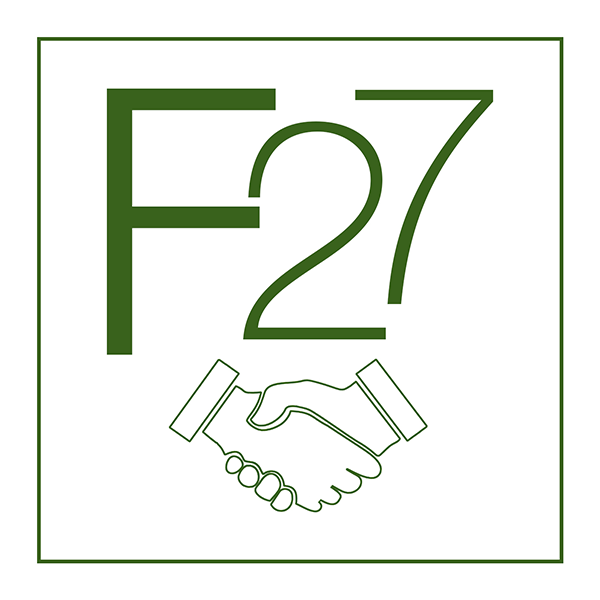The Intrinsic Value Blind Spot
“Pomp” is launching a SPAC. Can he lead without understanding a key concept?
Anthony “Pomp” Pompliano, teased the news a few hours before the interview:
During his CNBC appearance, he announced his SPAC deal:
Pomp faced some challenging questions from Andrew Ross Sorkin– a welcome exchange. SPACs haven't been favorable to all market participants, and while we believe Pomp could have been more transparent, our focus today isn’t on SPACs. It’s on the concept of intrinsic value.
The question of the day is this: Can Pomp be a legitimate steward of the capital he raises if his understanding of intrinsic value is lacking?
By traditional metrics, Pomp’s success is undeniable. His net worth is estimated to be between $100 and $200 million and his X profile boasts 1.7 million followers. Just yesterday, he appeared on CNBC’s Squawk Box to announce his $200 million+ SPAC deal, fresh off his launch of Silvia– an AI-powered financial assistant. So, if our critique feels like armchair quarterbacking, we won’t take offense.
That said, we care about definitions. If Silvia helps you organize your finances, great–go for it. If you’re confident in making money on PCAPU (Pomp’s SPAC), be our guest. But, If you’re seeking deep financial truths, Pomp isn’t the guy to turn to.
Now, let’s take a look at what Pomp shared with his audience in The Pomp Letter following the SPAC announcement:
Instead of doing public venture capital, I am interested in buying a cash-flow positive business at an attractive valuation.
This is the essence of investing–identifying an asset’s true value, comparing it to the market price, and making a purchase when the price is cheap enough. The key is securing a margin of safety between price and value, ensuring the trade is an attractive one, so it becomes an investment rather than a speculative buy.
This view stood in stark contrast to something Pomp posted earlier this year:
There were some articulate posters who corrected Pomp’s misconception on intrinsic value; consider this one:
Exactly right. Here’s another response that sparked a brief exchange between the poster and Pomp:
Again, exactly right. We provided a similar example last week:
Intrinsic value may be hard to calculate, so people will come up with different value estimates. That doesn’t mean it doesn’t exist. After all, if ten people were to guess my weight, chances are none of them will get it right, and their estimates will differ from each other. That doesn’t mean I am weightless and can float!
So what’s the issue here? The first poster collected 260+ views and the second one reached more than 8,000. The original post by Pomp received more than 311,000. Pomp’s myth gained traction, whereas the financial truth that intrinsic value does exist got buried.
We understand that people are entitled to different opinions, but the real danger today lies in myths masquerading as opinions. Value estimates are indeed subjective–something Pomp himself acknowledges. Misunderstanding a well-established term, however, is not an opinion; but, in the hands of a popular finance figure, it quickly becomes one.
We suppose you can be charitable to Pomp here. If he’s assessing an asset’s value and gauging its attractiveness–presumably by examining the price-value gap– does it really matter what he calls it? At the end of the day, isn’t he still investing, regardless of the label?
In his letter he proclaims to be focusing on cash-flow-positive businesses. But if he doesn’t grasp the distinction between intrinsic value–a characteristic shared by assets like stocks, bonds, or any other cash-flow-generating asset–and extrinsic value, where demand alone dictates worth for a non-cash-flow-generating asset–is he really someone you’d trust with your investment capital?








